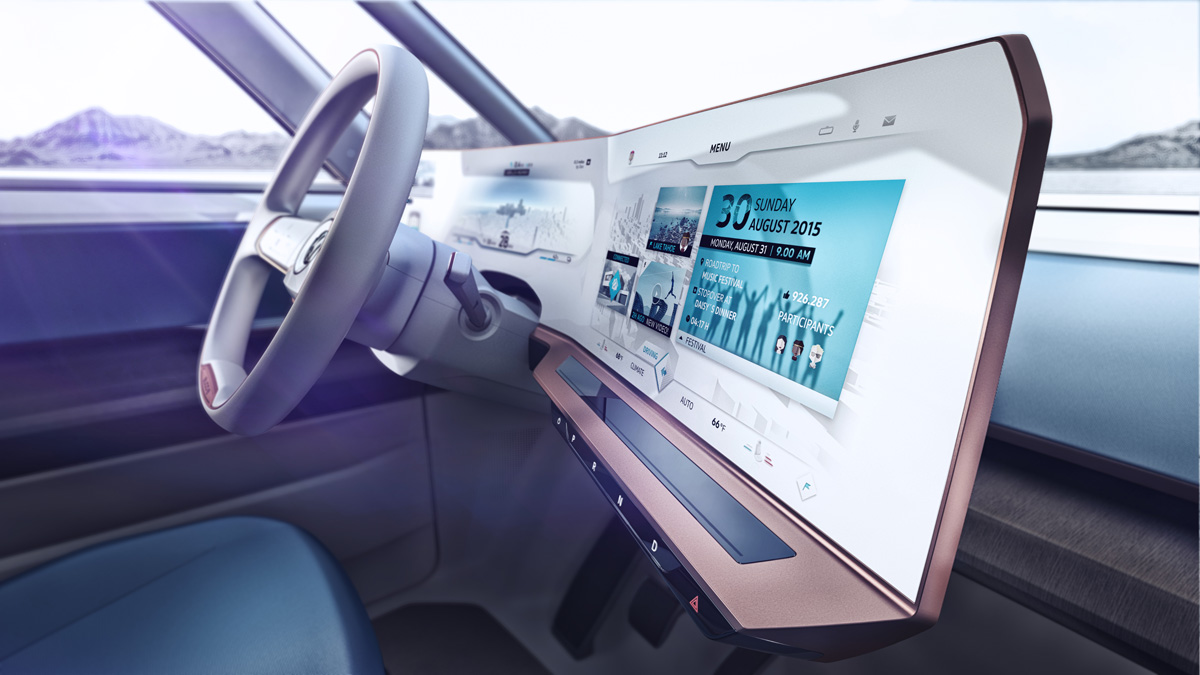Three cutting-edge concept vehicles from CES 2016


The Consumer Electronics Show (CES), held each January in Las Vegas, is a technology rather than a car show, but there are increasingly more automobile manufacturers that make an appearance there because of the amount of gadgetry present in today’s vehicles. After all, there are few models rolling out now that don’t offer at least smartphone pairing as an option. On the four-wheeled side, the underlying themes of CES 2016, running until Jan. 9, include autonomous driving, alternative energy and touchless control.

Volkswagen BUDD-e
This cutely named zero-emissions concept van is what Volkswagen envisions the state of their electric vehicle offerings to look like by 2019. Based on the company’s new Modular Electric Toolkit platform, the styling channels the original Microbus of the 1960s. A flat 101-kilowatt-hour battery takes up most of the van floor, powering a front and rear electric motor. The BUDD-e has a top speed of 150 km/h and an estimated range of 600 kilometres.

Inside, the dash has a next-level version of the gesture-enabled Active Info Display introduced last year: a 12.3-inch curved display split into three configurable sections. The “Drive” section handles navigation information, “Control” deals with onboard data and “Consume” manages the infotainment.

BMW I Vision Future Interaction
What looks like a convertible version of the plug-in hybrid i8 sports car is much more than just that — it’s loaded with BMW’s AirTouch system (already available in a more primitive form in the 2016 BMW 7 Series), letting the driver or passenger to initiate commands by pointing or moving their hands in some fashion.

The high-tech concept i8 possesses a trio of driving modes, allowing the driver full control of the car (Pure Drive), partial control with automatic collision avoidance (Assist Mode) or no control, letting the computer do all the work (Auto Mode).

Audi E-Tron Quattro
Piloted driving is the key phrase for Audi’s fully electric sport SUV that can automatically take over the wheel “in situations in which the driver is either overwhelmed or under-challenged.” The E-Tron Quattro does so via zFas, a central driver assistance controller utilizing 3D cameras and laser, radar and ultrasonic sensors.

Powering the crossover is a 95 kWh battery feeding three electric motors with a total output of 370 kilowatts and a range of up to 500 km. A production model is rumoured to be scheduled for 2018.

